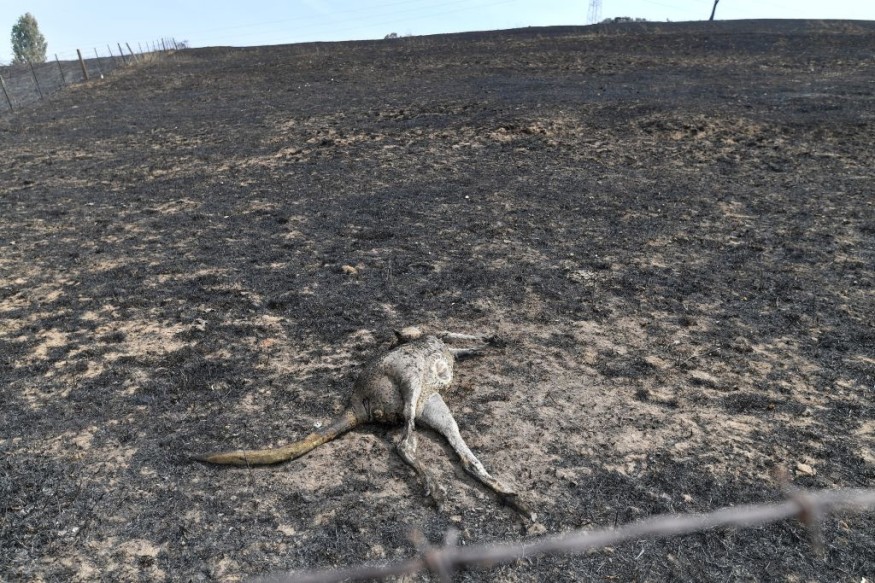
Throughout Australia's Black Summer blazes, vast swaths of countryside as well as the existence of countless of creatures were reduced to dust. The smoke smothered urban centers, caused catastrophic medical crises, even rendered faraway mountains brown.
Animals Struggle Due to Australia's Summer Bushfires
As per Science Alert, scientists have now precisely pinpointed how part of the charred material led to the biggest stratosphere rise in 30 years while simultaneously interfering with the Antarctic ozone gap.
Lilly Damany Pearce of the University of Exeter with associates were prepared to identify the haze as it flew deep into our planetary system by integrating spatial information with surface-based studies of aerosol dynamics in mathematical simulations.
The flames destroyed approximately 5.8 million hectares of land and created their own wind patterns, notably smoke-infused cyclones that persisted for nights.
According to the Scientific Reports, these networks and swirls pushed the fog to astonishingly different elevations, where the Sun's rays heated the black nanoparticles and caused them to climb even higher, a phenomenon known as self-lofting.
The initial vortex, discovered on December 31, 2019, has a height of 16 kilometers. Then, on January 12, 2020, second plume was discovered up to 35 km into the atmosphere - deep into the ozone - and remained for up to two months.
The group says in their research, "During the course of a month, the aerosol stream travelled over the South Pacific and was identified in the stratospheric by [NASA instrument] CALIOP as well as ground lidars and sun-photometers working from the southern point of South America."
Throughout that timeframe, there was a 0.7°C worldwide atmospheric temperature surge in the ozone. The anomalous readings remained for 4 months, and econometric analysis by the investigators proved that the values were unable to be understood absent the infused 0.81 tera-grams of combustion products recorded by sensors in the ozone, the Advancing Earth And Space Sciences posted.
According to Damany Pearce and colleagues, this was the highest temperature increase in the Upper troposphere ever since 1991 explosion of the Pinatubo Mountain.
Whereas dispersed concentrations of dust blocked sunlight on the planet's surface, the reception of thermal energy by molecules in the troposphere usually triggered that stratum of the air to heat dramatically.
Effect of Wildfires in the Major Cities of Australia
Aerosols emitted to the sky by mountain ranges are well recognized to degrade the stratospheric ozone, and latest evidence have revealed that particles from flames have the same effect.
Biochemical processes on the top of fine particulates consume stratospheric ozone. So, in 2020, the scientists studied the spatial variability of ozone in the southern latitude and discovered more indications of smoke-induced stratospheric ozone.
The exhaust plumes prolonged the atmospheric gap above Antarctica and interrupted the Antarctic winter storm, which typically starts to disintegrate around the spring's end.
Through lower stratosphere temperature and radiative airflow equilibrium, ozone reduction contributes to boost the intensity of the winter storm, producing a beneficial loop that seems to postpone the collapse of the polar vortex. As a result, the protracted ozone gap witnessed in 2020 was exacerbated.
Scientists already understand why the Antarctic ozone gap hit near-record levels in 2020. The latest study indicated how smoke-induced alterations influenced climate by intensifying the polar vortex. As a result, the Southern Horizon spring of 2020 was exceptionally chilly, the Science Advances updated.
© 2026 NatureWorldNews.com All rights reserved. Do not reproduce without permission.





